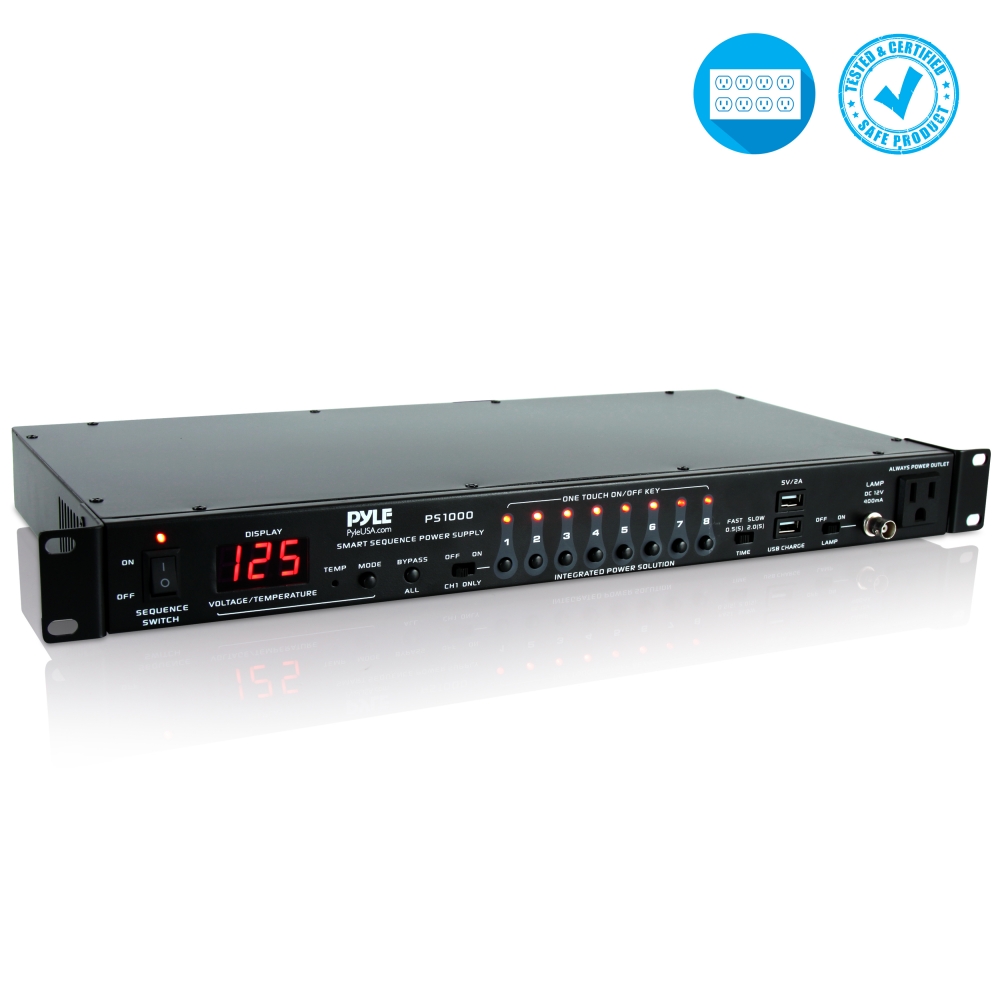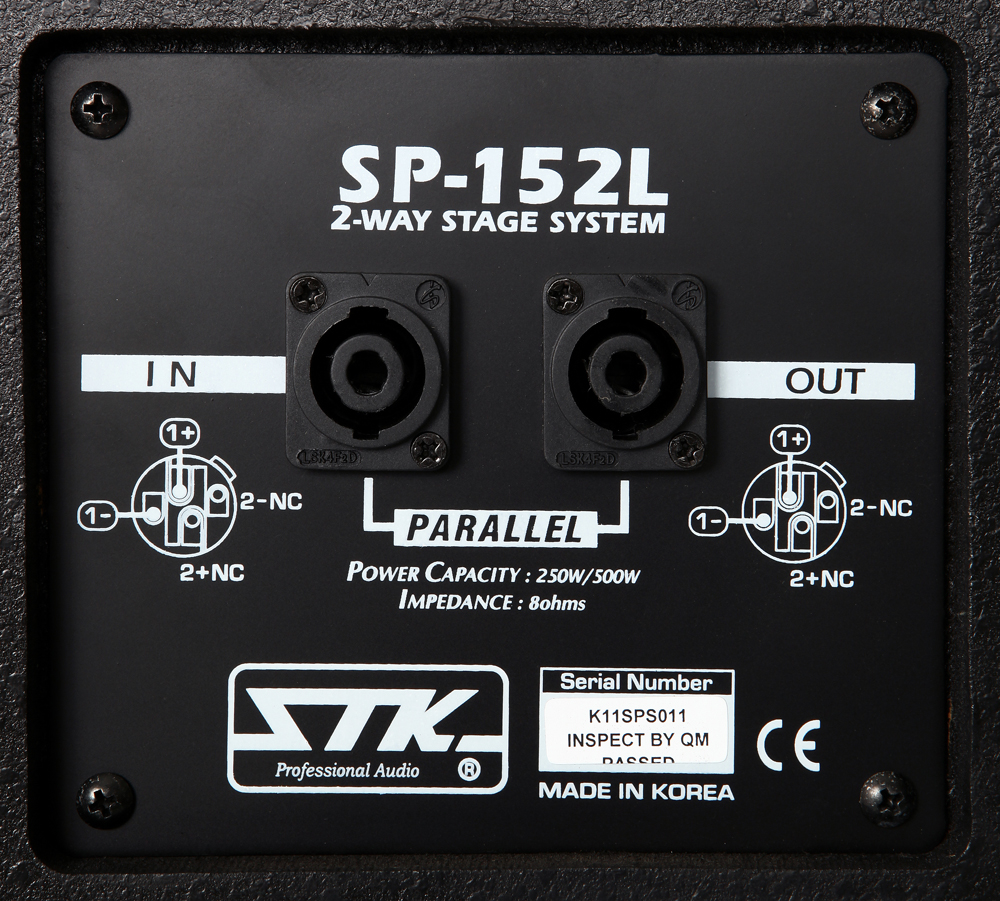
- #Pro audio overload recptacles install
- #Pro audio overload recptacles pro
- #Pro audio overload recptacles code
Testing With A 3-Light TesterĪn RPBG outlet will test as correctly wired using any 3-light tester ( Figure 2), because there’s no reference to actual earth potential. And because many electrical inspectors rely on a simple 3-light “cube” tester to verify correct wiring connections at outlets, any RPBG outlets can go undetected.
#Pro audio overload recptacles code
Some “DIYers” and even electricians take shortcuts when replacing receptacles in older residences and stages by installing a grounded NEMA 5-15 outlet and strapping the ground screw to the neutral screw on back of the outlet, creating a classic bootleg ground situation.Īlthough this practice is a Code violation, it occurs more often than you think. Because GFCI breakers don’t need a ground wire to function properly, this type of outlet isn’t a shock hazard.Įven if the chassis of an appliance becomes electrically energized due to a high-pot failure, for example, anyone touching the appliance and ground simultaneously would exceed the 4 to 6 milliamps (mA) GFCI trip threshold and be protected from electrocution. However, the Code states this outlet must be clearly marked on front as being ungrounded. Once you add a receptacle outlet (branch circuit extension), the receptacle must be of the grounding (bonding) type and must have its grounding terminal grounded (bonded) to an effective ground-fault current path in accordance with 250.130(C). Note: GFCI protection functions properly on a 2-wire circuit without an equipment grounding (bonding) conductor because the equipment grounding (bonding) conductor serves no role in the operation of the GFCI-protection device.Ī word of caution: permission to replace nongrounding-type receptacles with GFCI-protected grounding-type receptacles doesn’t apply to new receptacle outlets that extend from an existing ungrounded outlet box. A grounding-type receptacle, if GFCI protected and marked “GFCI Protected” and “No Equipment Ground.”

A GFCI grounding-type receptacle marked “No Equipment Ground.” Under what condition can a 2-wire receptacle be replaced with a 3-wire receptacle when no ground is available in the box? Where no equipment bonding means exists in the outlet box, nongrounding-type receptacles can be replaced with :

250.130(C) of the 2011 NEC, in that situation, a GFCI outlet should be installed with the ground wire unattached.
#Pro audio overload recptacles install
Figure 1: Demonstration diagram showing a correctly wired outlet, a bootleg ground wired outlet, and a reversed polarity bootleg ground (RPBG) outlet.Īs the illustration shows, a bootleg ground (or false ground) occurs when an ungrounded electrical outlet in an older building or stage has been improperly upgraded to a modern NEMA 5-15 or 5-20 grounded outlet.īecause sound stage, office building, and home wiring installed before 1965 didn’t require a safety ground, there’s no easy way to install a grounded NEMA 5-15 outlet. Standard outlet testing methods fail to reveal one of the most dangerous miswiring situations possible, which I refer to as the “reverse polarity bootleg ground” (RPBG), as seen in Figure 1.

Yet while a broken-off ground pin on a power cord is the obvious culprit in most stage (and home) shock situations, many power outlets that appear to be wired correctly when checked with a 3-light outlet tester or even a voltmeter reading between H-N, H-G, and N-G still present a shock hazard.

The cause behind most of these guitar-to-microphone shocks appears to be incorrectly wired electrical outlet grounds or damaged extension cords. I’ve also witnessed dozens of ground-fault current events where signal cables interconnecting sound gear plugged into different electrical outlets mysteriously arced, sometimes turning red hot and melting before my eyes.
#Pro audio overload recptacles pro
I’ve been a pro audio engineer for 40-plus years and a musician for 50-plus years, and during that time, I’ve witnessed hundreds of shock events on performance stages, recording studios, and even factory floors.Ī survey we ran several years ago on ProSoundWeb revealed that 70 percent of the 3,000 musicians who responded had been shocked at least once on stage, some so severely that they were knocked unconscious.


 0 kommentar(er)
0 kommentar(er)
